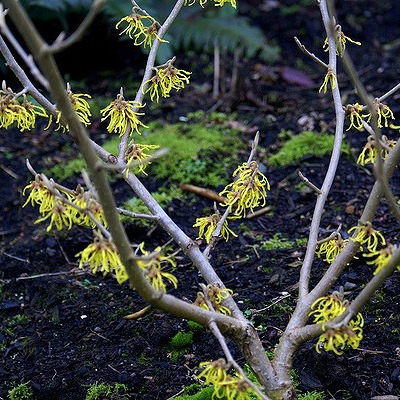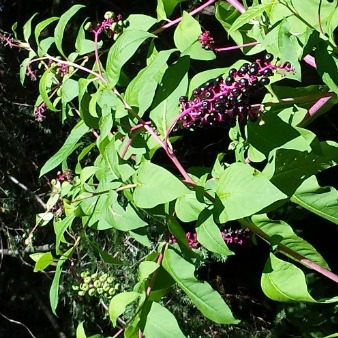Whitinsville, MA – (September 6, 2016) – In celebration of its new 2017 Blackstone Heritage Corridor Calendar featuring the work of 10 local photographers, Blackstone Heritage Corridor, Inc. (BHC) is hosting a Calendar Release Party on Wednesday, October 19 from 6:00 p.m. to 7:30 p.m. at its offices at Linwood Mill, 670 Linwood Avenue, Whitinsville, MA. Guests can meet the photographers and purchase calendars on site.
“The emphasis of our 2017 Calendar is on our industrial heritage,” notes Charlene Perkins Cutler, executive director of BHC. The Calendar is “2017: The Innovative and Industrious Blackstone Heritage Corridor.” Carefully curated facts about the region’s contribution to the American Industrial Revolution punctuate the pages. On each month’s page, there are facts celebrating the innovation that had been fostered in the National Heritage Corridor from hundreds of years ago to the present. For instance, in the 1830s, the Knowlton Hat Factory in Upton, MA, was the largest manufacturer of straw hats in the world.
“The Blackstone Heritage Corridor is one of the Nation’s richest and best preserved repositories of landscapes, structures and sites that recall a neglected era of the American past: the Age of Industry,” Cutler points out. “Thousands of structures and whole landscapes still exist which represent the entire history of the American Industrial Revolution and the complex economic and social relationships of the people who lived and worked here.”
The photos for the 2017 Blackstone Heritage Corridor Calendar where chosen in a blind contest and offer a mix of scenes showcasing the National Heritage Corridor’s natural, historical and cultural resources.
The new year begins with a beautiful snowy scene, taken late in the afternoon with the sky lit by stunning pink tones cast against what looks like a carefully hand-painted landscape. January’s photo was submitted by Frances Guevremont of Lincoln, RI, who revealed that the scene lasted only about 10 minutes as she photographing it. February follows with another snow-filled landscape taken along the canal tow path below the Ashton Dam in Quinville, RI. David Newton of Cumberland, RI, shared his photo that beckons one to cross the wooden bridge with snowshoes or cross country skis. Carol Dandrade of Uxbridge, MA, spent some time along the rail trail in Millbury, MA, and captured a reflection of a metal bridge that was cast onto the track. The picture offers a unique perspective that one might never see.
Cormier Woods, a property in Uxbridge, MA, preserved by Trustees of Reservations inspired Wendy A. Henschel of Linwood, MA, to pack a camera. She captured an historic homestead along the trail with beautiful stone work and complementary colors in the roof and wood siding. It sits in surrounded by lush landscape just calling out for spring. The month of May is ushered into the 2017 Blackstone Heritage Corridor Calendar with a captivating photo of two cygnets whose sudden movement cast a spiral around them, offering the light an opportunity to dance around the new creatures. Tiny beads of water on the swans make one think the calendar is wet. Ernest Berube of Lincoln, RI, captured May’s photo along the banks of the Blackstone River in Lincoln, RI. Further north in his hometown of Douglas, MA, Scott Harwood stopped along the Southern New England Trunkline Trail on Wallum Lake Road and zeroed in on aging stone arch bridge that beckons the admirer to continue on down the lush green path.
An iconic symbol of freedom, the American Bald Eagle, graces the page in July, submitted by Don McKenzie of Worcester, MA. Titled “Papa Bald Eagle Fishing in the Blackstone River,” the powerful image was taken in Riverdale, a village of Northbridge, MA. It is no secret that the Blackstone River offers photographers a wide variety of subjects. For the month of August, a photo submitted by Allan Siuzdak of Cumberland, RI, of a trio of painted turtles walking up a fallen log also captured their reflection being cast in the water below. With the sun shining off their backs, one can almost feel the August heat pulsing off the page. The golden hues of September inspired Wendy A. Henschel to submit a photo taken at River Bend Farm at Blackstone River & Canal Heritage State Park in Uxbridge, MA. Henschel captured a Fritillary butterfly resting with its wings wide open, appearing to be having a conversation with a nearby pencil dragonfly. River Bend Farm was also the scene for October’s picture taken by Robert William Mielke of Uxbridge, MA. Miekle spotted a picnicking couple enjoying the view of a stone arch bridge embellished with autumn color. Carol Dandrade visited the Hannaway Blacksmith Shop in Lincoln, RI, and submitted a vignette of blacksmith tools with a roaring fire in the background, appropriate to offer some warmth to November’s calendar picture with a nod to history. The month of December is celebrated with a picturesque winter scene of the Blackstone Canal at the Capt. Wilbur Kelly House Museum in Quinville, RI. David Newton captured the shot after a snow squall had moved on and the sun started to break through the clouds casting a reflection on the water below.
The coveted cover shot, “Pond Mist Sunrise,” was submitted by Leon Droby of Uxbridge, MA, at Voss Farm (River Bend Farm), also in Uxbridge. Standing near the shore looking at the tow path in the distance, Droby captured the daybreak with the sun’s citrus-colored hues reflecting into the canal through a layer of fog dancing above it. The barren trees are reflected in the canal creating a captivating photo at a very popular visitor location in the National Heritage Corridor.
“I look forward to this calendar contest every year because I get to see hundreds of photos that capture the uniqueness of the National Heritage Corridor,” Cutler explained. “They are all submitted by local photographers, and it’s always inspiring to see what they discover and choose to submit to help us tell our story through the months of the year. We are grateful for the passion and generosity.”
BHC’s 2017 Calendar will be available at the Calendar Release Party on October 17 and can be purchased for $10 each. The calendars will also be available for sale on BHC’s online shop. To learn more, visit BlackstoneHeritageCorridor.org.
About Blackstone Heritage Corridor, Inc.:
An energetic nonprofit, the Blackstone Heritage Corridor, Inc. partners with organizations, local communities, businesses and residents to ensure the long term vitality of the Blackstone River Valley National Heritage Corridor. Learn more at BlackstoneHeritageCorridor.org.





